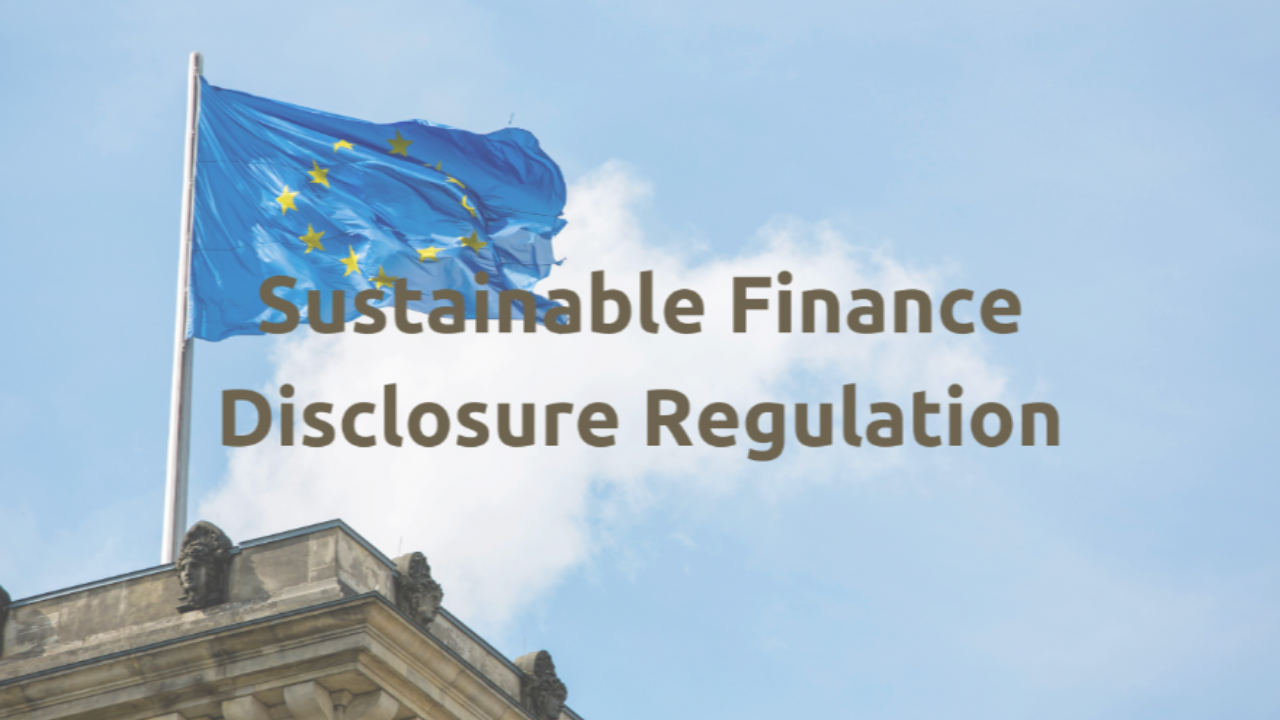INREV: SFDR should focus more on the necessary transition of real estate

SFDR is an important regulation that helps drive change in real estate, but it should be more tailored to the real estate asset class. ESG-proof real estate needs the support of regulation, but now SFDR risks discouraging investment in the transition of existing buildings and even promoting investors to divest from less sustainable older buildings and focus more on new construction.
Real estate may not be the most noticeable part of the financial market, with only a 3% share, but it has enormous potential to accelerate the decarbonization of the economy and society. This is because real estate is responsible for two-fifths of greenhouse gas emissions. The Sustainable Finance Disclosure Regulation (SFDR) offers an important opportunity to make a change, as stated in INREV's paper "Falling through the cracks: SFDR's impact on real estate investment". INREV is the umbrella organization for non-listed real estate funds in Europe.
Most real estate products with an impact or sustainable investment strategy have now been designated by investors as Article 8 of the SFDR, along with products with less ambitious ESG goals. Although investors prefer 'deep green' Article 9 funds, fund and asset managers are hesitant to do so: Article 9 funds require the entity to report on so-called Level 2 mandatory technical standards. This creates a problem for products that have highly sustainability-focused strategies, including core objectives such as "from outdated to green strategies", and for legacy real estate products that have ESG goals.
Institutional investors and investment managers who already support the Paris agreement need regulatory support to bring about changes in the real estate market. The main goal of SFDR is to redirect capital towards more sustainable investments and help investors in their decisions by improving transparency and introducing common standards. It has a broad scope and covers all financial asset classes, but the lack of distinction between static and more dynamic asset classes is a weakness when it comes to real estate.
Translating SFDR into the real estate market is challenging because real estate investments require a medium to long-term investment horizon. For example, sustainable real estate investments require transition strategies that involve the purchase of inefficient real estate and then transforming it through investment management and real estate investment. Efficient use of resources and ensuring a net positive social value generation are crucial in managing these investments.
Currently, SFDR focuses on a snapshot of the operational sustainability of the underlying assets, rather than the transition of those assets. This means that SFDR does not encourage investment in this necessary transition and may even lead to investors divesting from existing, inefficient assets. This is reinforced by the fact that SFDR ignores the embedded carbon of construction, which represents 11% of total EU emissions.
While mandatory disclosure is necessary, according to INREV, the current categories are designed for static investments and do not lead to more transparency in investment decisions. Periodic disclosures, while not intended, are likely to be useful in tracking the strategic goals of investment products relative to investment milestones within long-term business plans. Any adjustments aimed at adapting SFDR to the private market and real estate in particular may have the potential to strengthen its power and accelerate the pace of carbon reduction.
Click here for the INREV report on SFDR.

